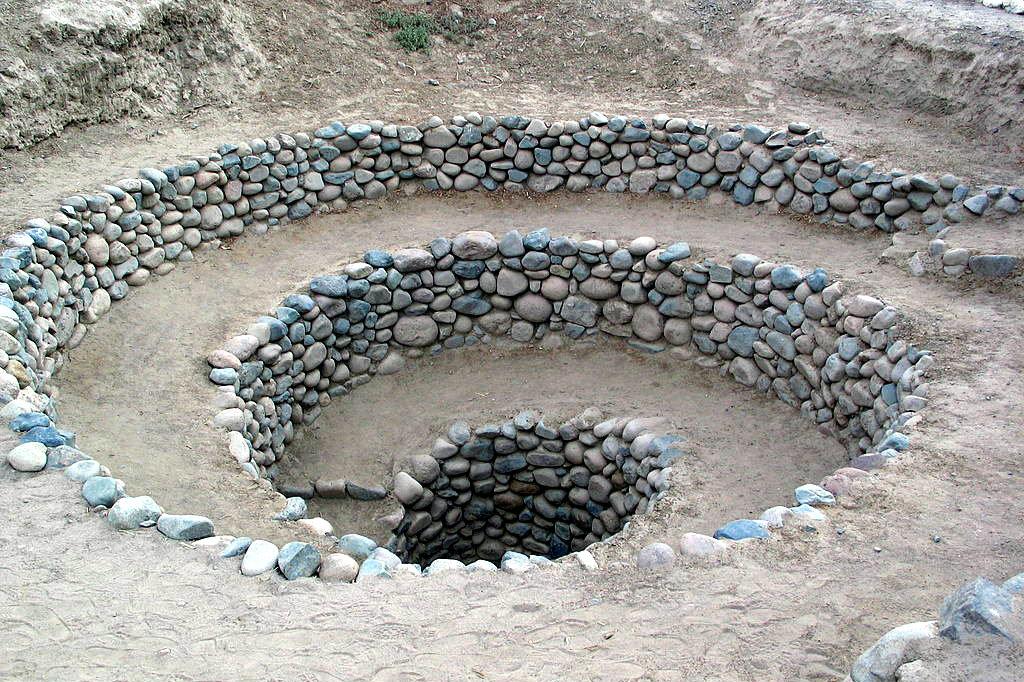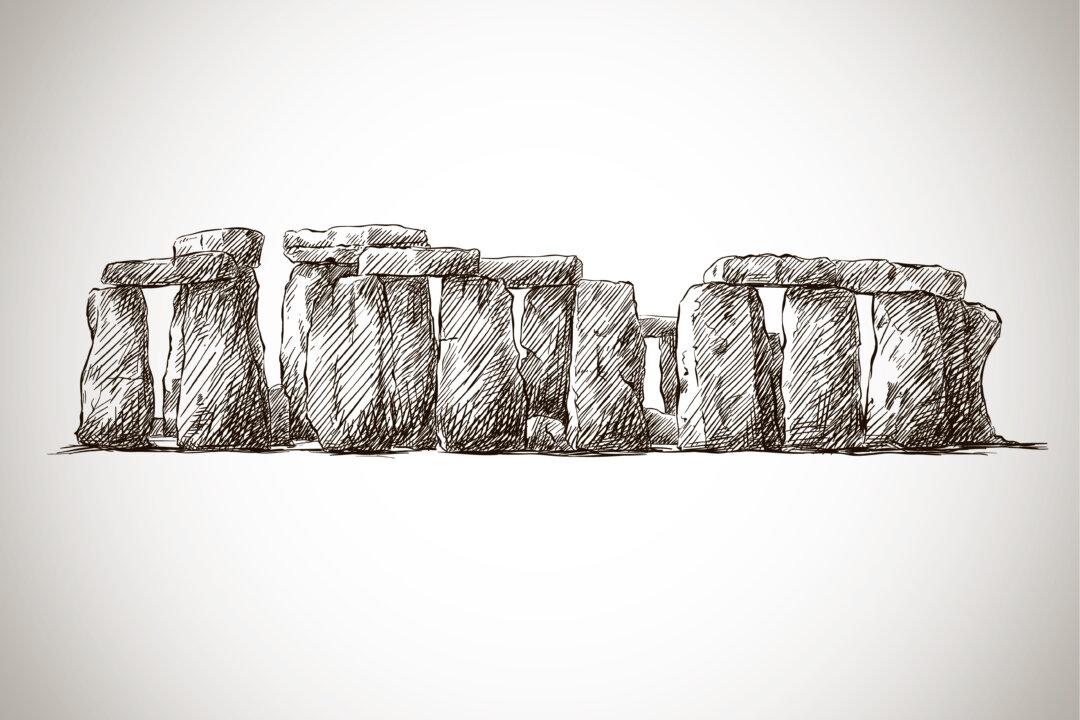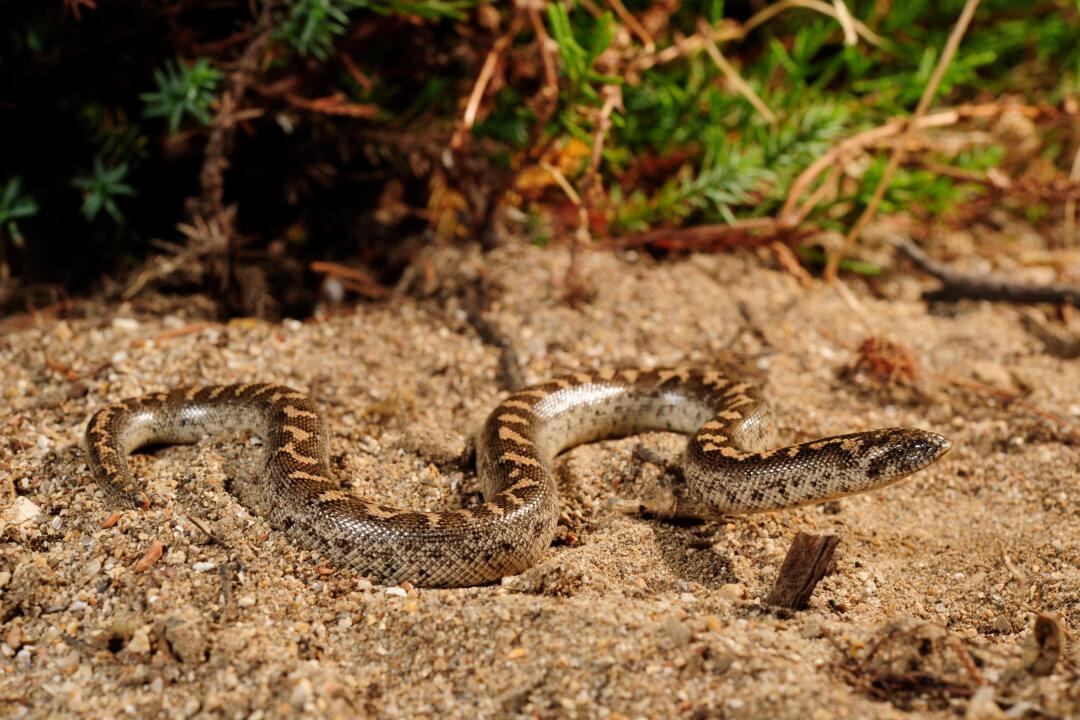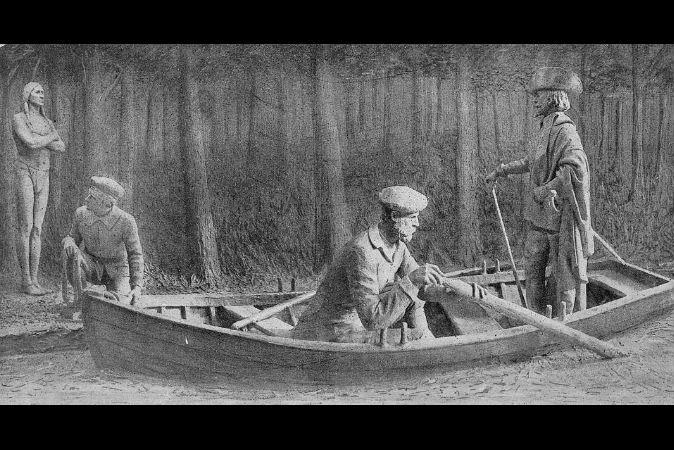Archaeologists have unearthed the 4,000-year-old body of an adolescent near Stonehenge, who was buried in the fetal position wearing an amber necklace. Now archaeologists working at the site of Marden Henge in Wiltshire, England, will study the body to determine the the adolescent’s gender, diet, and cause of death.
By examining minerals in the teeth, they may also be able to tell what part of England he or she was from. Scientists hope the studies will provide information about the people who lived near and built Stonehenge in the Vale of Pewsey.
Lead archaeologist Jim Leary told The Daily Mail: “The skeleton is a wonderful discovery which will help tell us what life was like for those who lived under the shadow of Stonehenge at a time of frenzied activity.”




